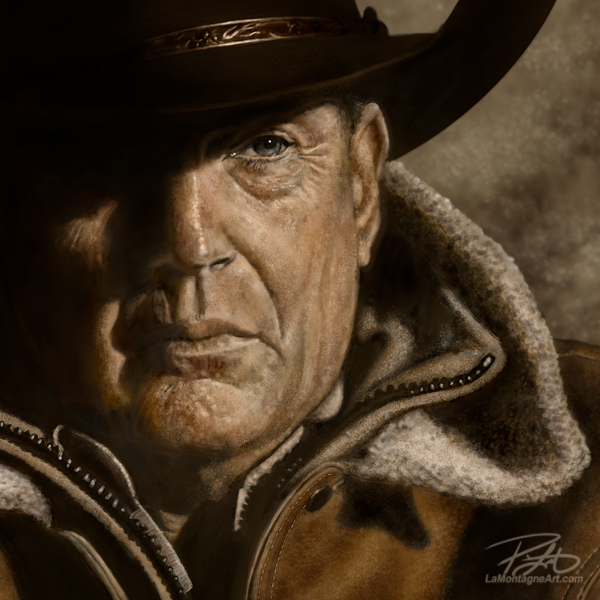
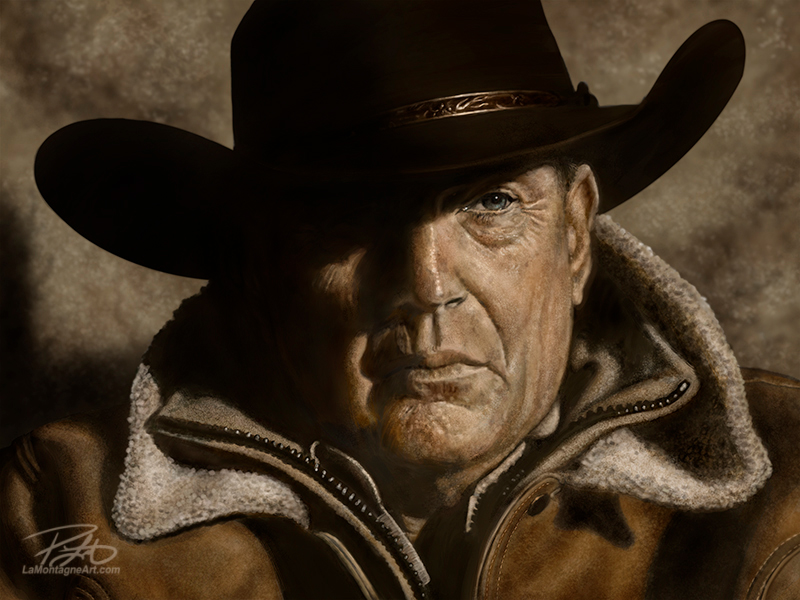 When I’m not drawing and distributing daily syndicated editorial cartoons, I’m painting whimsical wildlife portraits for prints and licensing. Add in the usual office administration, marketing, writing and everything else that goes along with self-employment, and that’s pretty much how I spend my days.
When I’m not drawing and distributing daily syndicated editorial cartoons, I’m painting whimsical wildlife portraits for prints and licensing. Add in the usual office administration, marketing, writing and everything else that goes along with self-employment, and that’s pretty much how I spend my days.
However, I enjoy painting portraits of people, most often characters from movies. I usually make the time for a couple of these a year, but I’ve only managed this one in 2021.
I’ve often mentioned that I paint these when I’m feeling the need to reconnect to art for art’s sake or when I’m in a low place creatively, but thankfully I’m not feeling that this year. The whole year has been low for obvious reasons, and I just felt like painting a portrait.
I have no interest in painting the publicity or paparazzi headshots of movie stars or celebrities. The less I know about the gossip or their personal lives, the better. Instead, I’m more interested in the characters they play. Those characters are created by skilled writers, directors, and gifted actors, including the supporting cast and professional crews that bring it all together.
When I painted Quint from Jaws, it wasn’t just the actor Robert Shaw I was painting, but the character he inhabited, written by Peter Benchley, directed by Stephen Spielberg and brought to life in a scene with Richard Dreyfuss and Roy Scheider.
I love movies, but we’re living in an age with great television, too, with plenty of writing and acting that can easily go up against any Academy award-winning film.
One of the shows I’ve enjoyed most in recent years is Paramount Network’s Yellowstone. Written and often directed by Taylor Sheridan, Yellowstone chronicles the lives of a generational ranching family in Montana, led by the patriarch, John Dutton.
It’s simply a great show, but not for the faint of heart. If you’ve got issues with language, violence, nudity, sex, lawlessness, smoking, gambling, alcohol, and more, you should seek your entertainment elsewhere.
There are no flawless heroes here. Instead, it’s a family of broken people, each with their dark pasts and demons. One moment they’re prey, the next predators, and you’re never quite sure when they’re right or wrong. But with incredible writing, scenery, and rich characters played by a stellar cast, it’s never dull. I am fulfilled and disappointed after each episode because I must wait a week for the next one.
But I’m glad they dole it out. If they released the season all at once, we’d easily gorge ourselves on it in a few days.
I realized that I wanted to paint John Dutton, played by Kevin Costner, about the middle of last season. Tough as nails, Dutton tries to keep his ranch and family together, while outside interests plot to take it away from him, piece by piece. Even though he knows he’s fighting a losing battle against progress and the future, he won’t resign himself to his inevitable fate.
As often happens when I want to paint other characters, I won’t know what I’m looking for until I see it. Near the end of last season, there’s a scene where Dutton is sitting on his porch, and he looks off to the horizon in the fading light. The moment clicked with me, and I had found my reference, thanks to Cinematographer Ben Richardson’s lighting and cameras.
I painted the scene more sepia tone than the reference, with more contrast, making my own choices for the painting. I like to be inspired by moviemakers and their vision, but I don’t want to create a carbon copy. Otherwise, what’s the point?
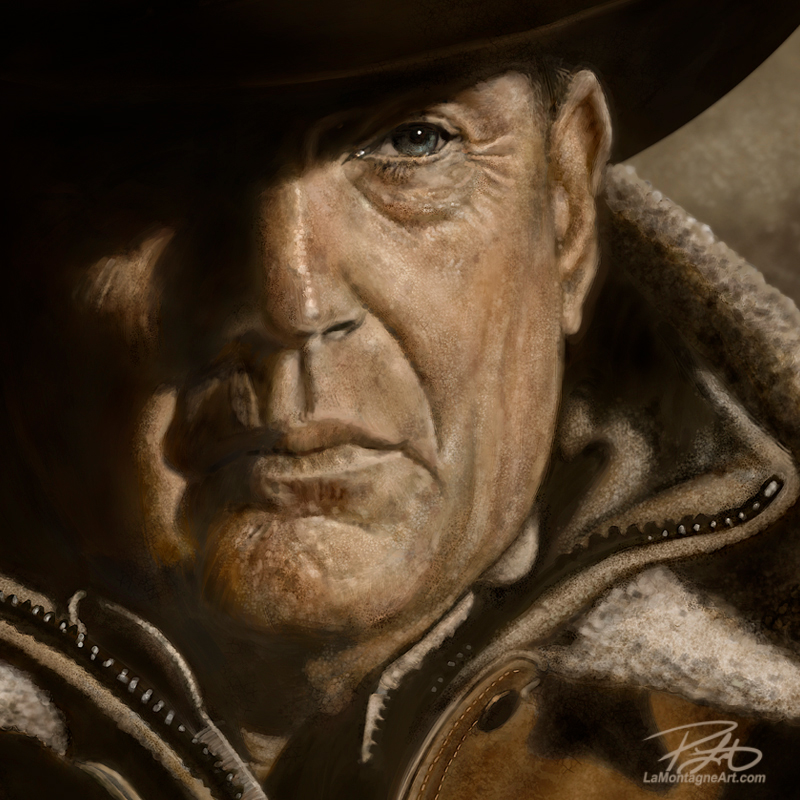 I started this painting in July, and I worked on it for a couple of hours here and there whenever I could find the time. I had planned to have it done before the fourth season began this month, but the paying gigs always take priority. So this past week, I put in the last ten or so hours over a few days. With no deadline, there was no reason to rush it, but I also didn’t want this painting to last for too much longer. As much as I loved the work, the best part is calling it done.
I started this painting in July, and I worked on it for a couple of hours here and there whenever I could find the time. I had planned to have it done before the fourth season began this month, but the paying gigs always take priority. So this past week, I put in the last ten or so hours over a few days. With no deadline, there was no reason to rush it, but I also didn’t want this painting to last for too much longer. As much as I loved the work, the best part is calling it done.
If you’re already a Yellowstone fan, I hope you like my rendering of this great character.
If you haven’t yet seen the show, I envy you. You get to start at the beginning with almost four seasons of great storytelling ahead of you.

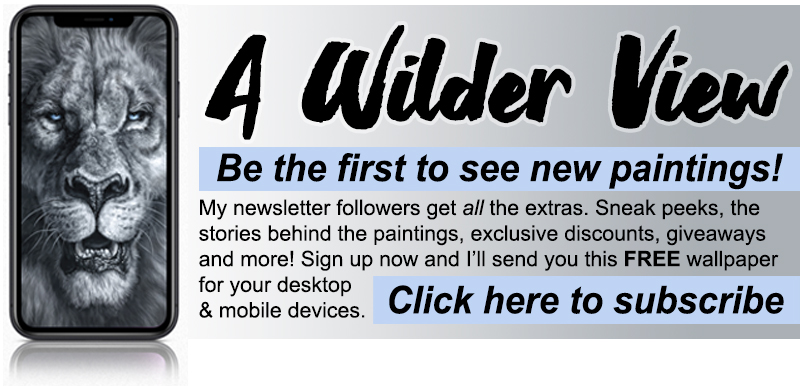
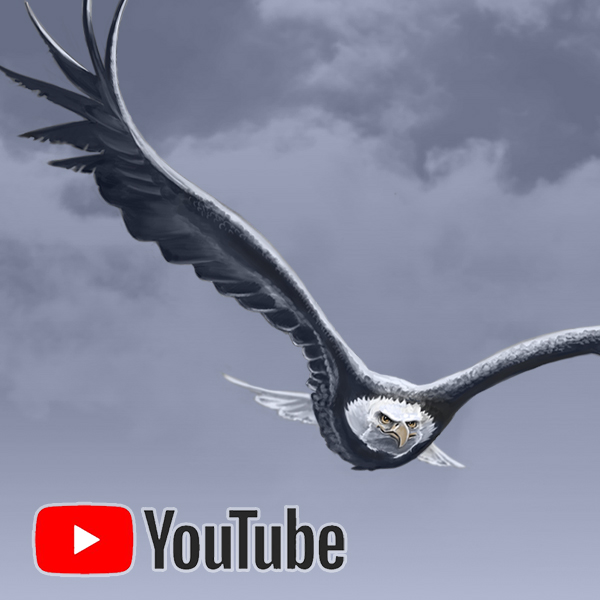
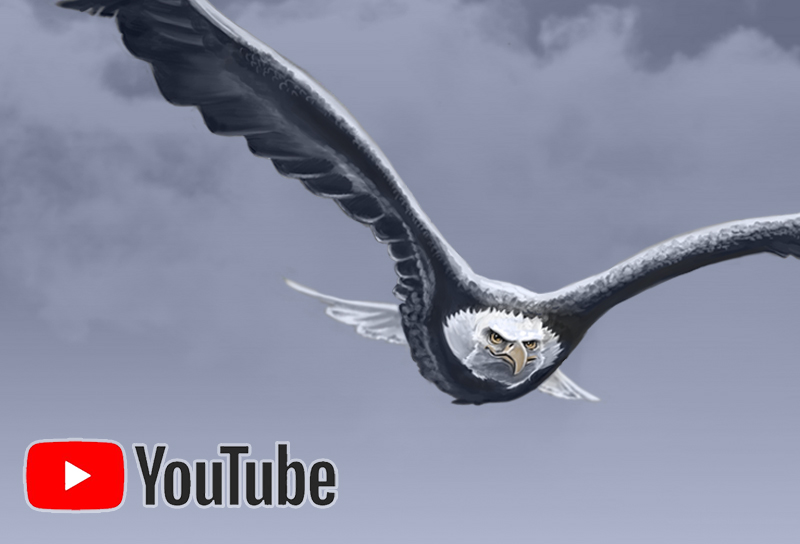
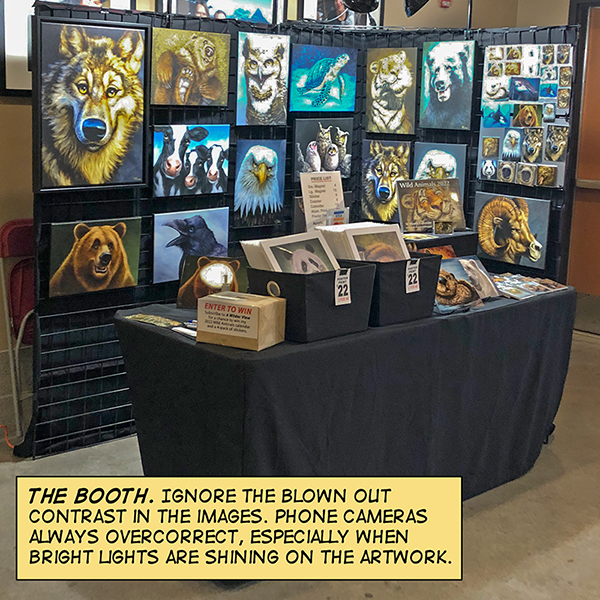
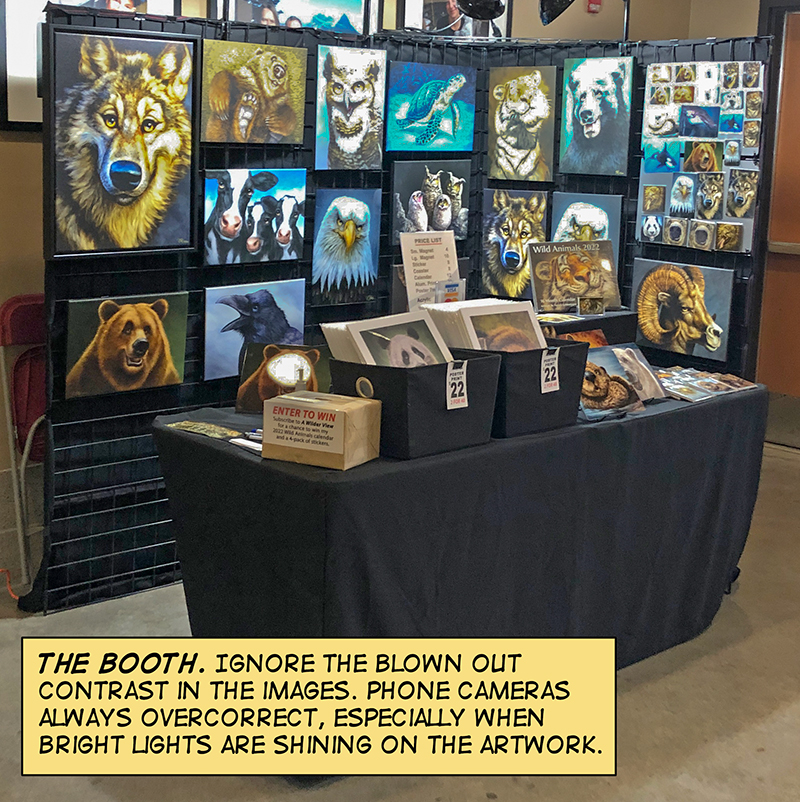 The show hours were 10-4, and I had a prime corner in the main lobby. With a couple of hours setup on Saturday before opening, restocking on Sunday morning, and an hour of tear-down at the end, it was just a couple of eight-hour days. I even got some painting time in at home in the morning before heading to the venue. Some of these shows have long hours without a break, all day, every day. So I come home exhausted after five days at The Calgary Expo.
The show hours were 10-4, and I had a prime corner in the main lobby. With a couple of hours setup on Saturday before opening, restocking on Sunday morning, and an hour of tear-down at the end, it was just a couple of eight-hour days. I even got some painting time in at home in the morning before heading to the venue. Some of these shows have long hours without a break, all day, every day. So I come home exhausted after five days at The Calgary Expo.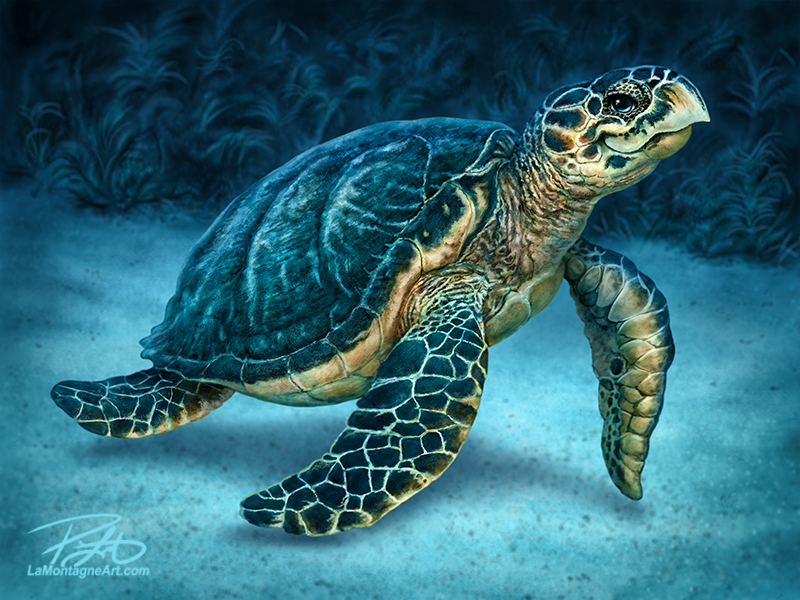
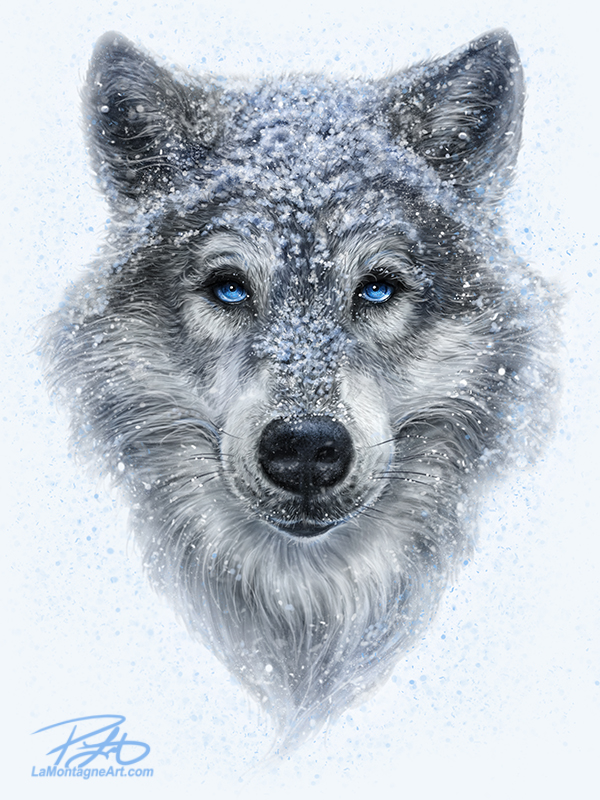
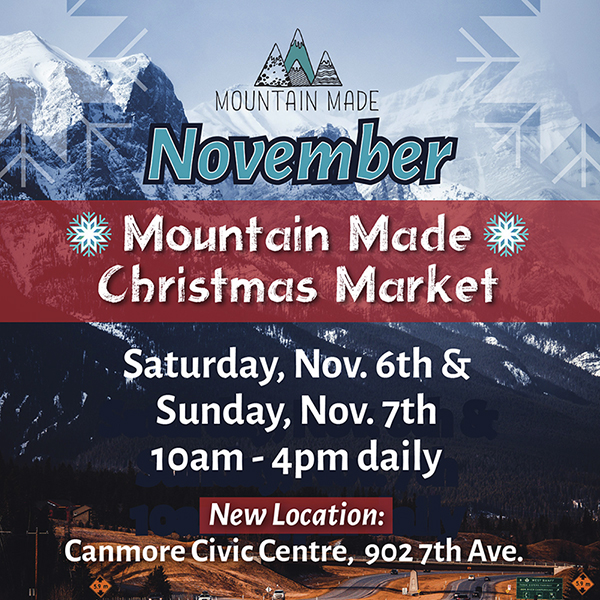
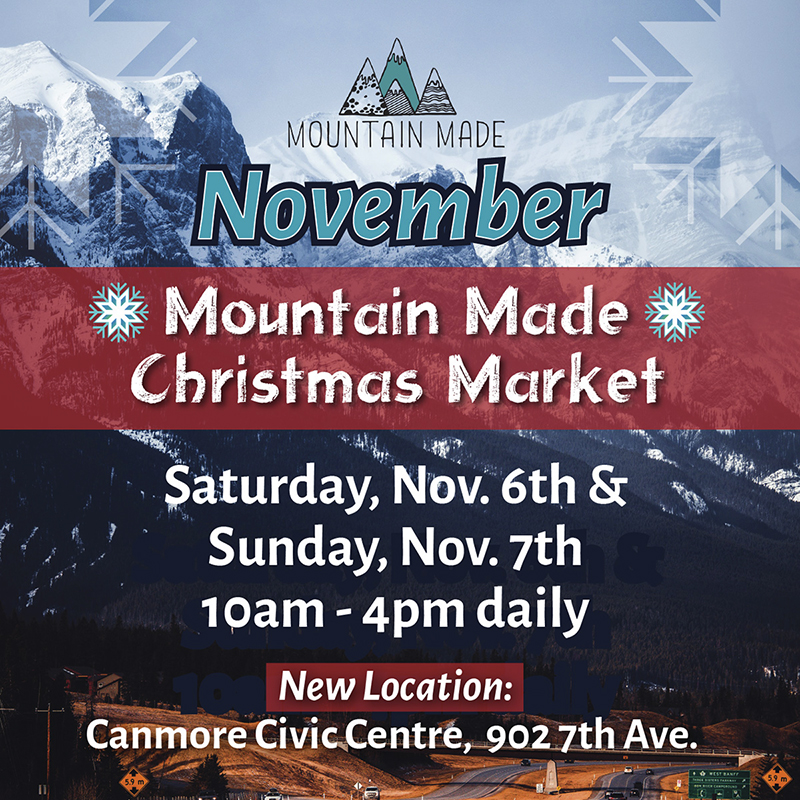
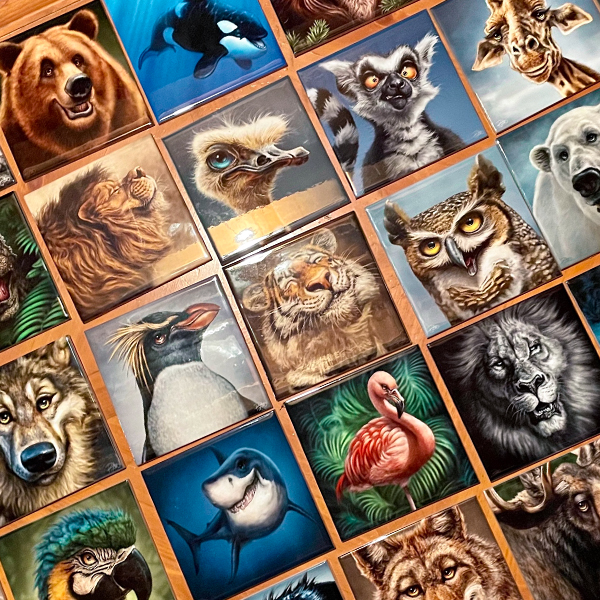
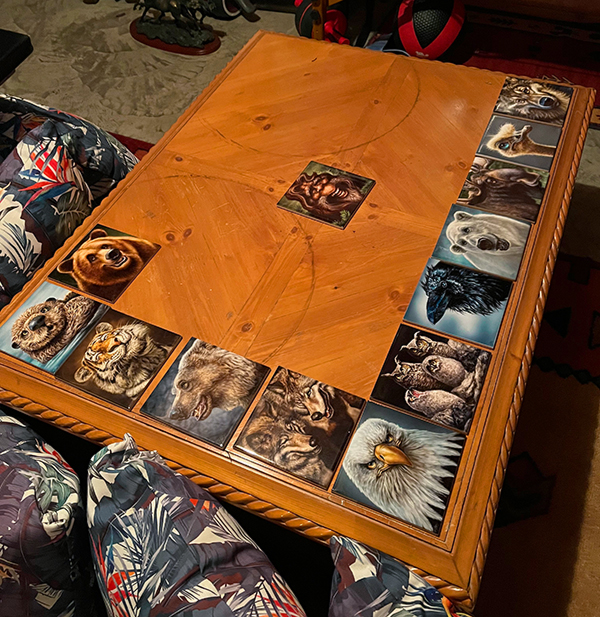 Brian had already purchased a handful of trivets he found in stores, but he needed a lot more and wanted to know if I could make that happen for him. Since the trivets come from
Brian had already purchased a handful of trivets he found in stores, but he needed a lot more and wanted to know if I could make that happen for him. Since the trivets come from 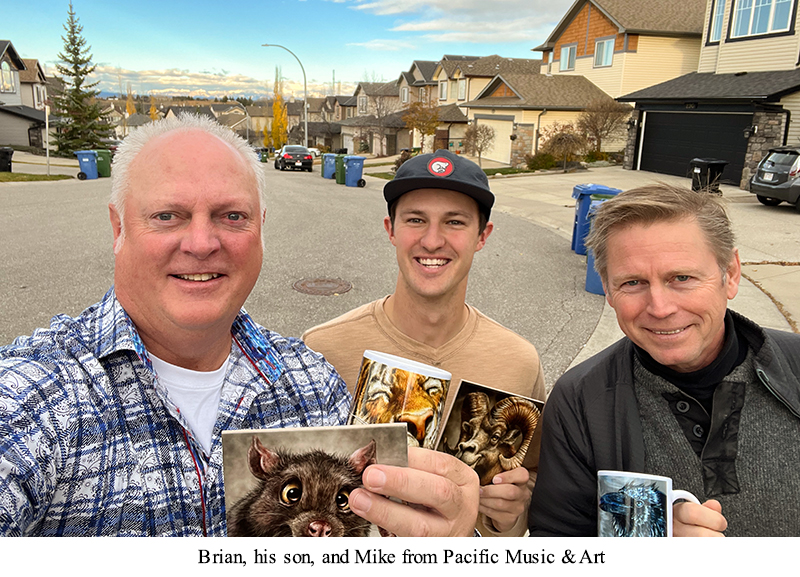 Earlier this week, Mike was in Alberta and Saskatchewan visiting retailers and vendors, and family in Calgary. While there, he met up with Brian to deliver his order of 25 more trivets for the table. It was the first ceramic printing for some of the newer paintings.
Earlier this week, Mike was in Alberta and Saskatchewan visiting retailers and vendors, and family in Calgary. While there, he met up with Brian to deliver his order of 25 more trivets for the table. It was the first ceramic printing for some of the newer paintings.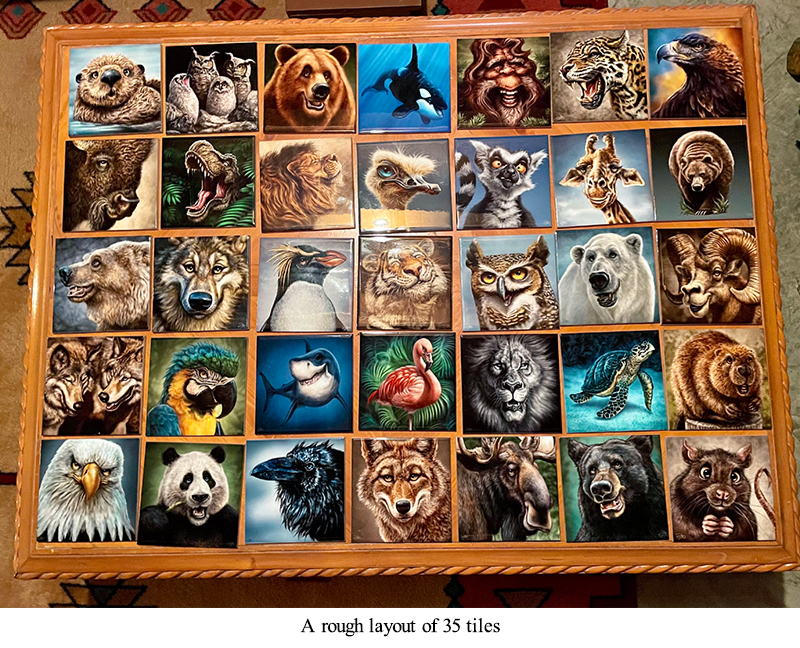 That means I can look forward to sharing more photos later, and hopefully, I’ll get to take those myself if I see the finished piece in person. The whole project is incredibly flattering.
That means I can look forward to sharing more photos later, and hopefully, I’ll get to take those myself if I see the finished piece in person. The whole project is incredibly flattering.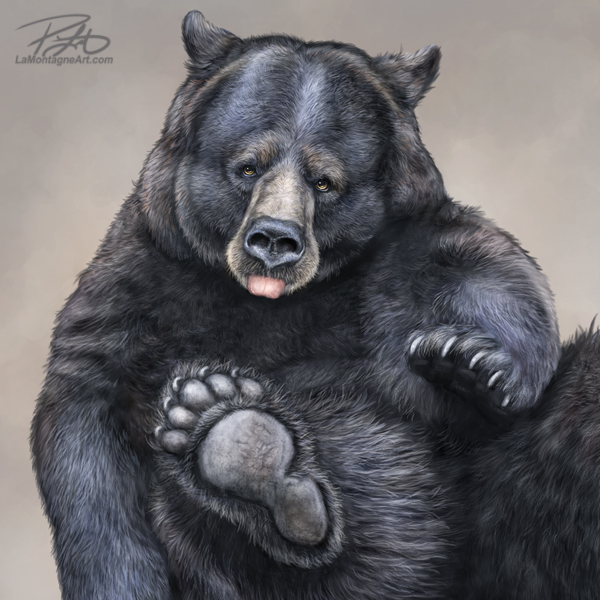
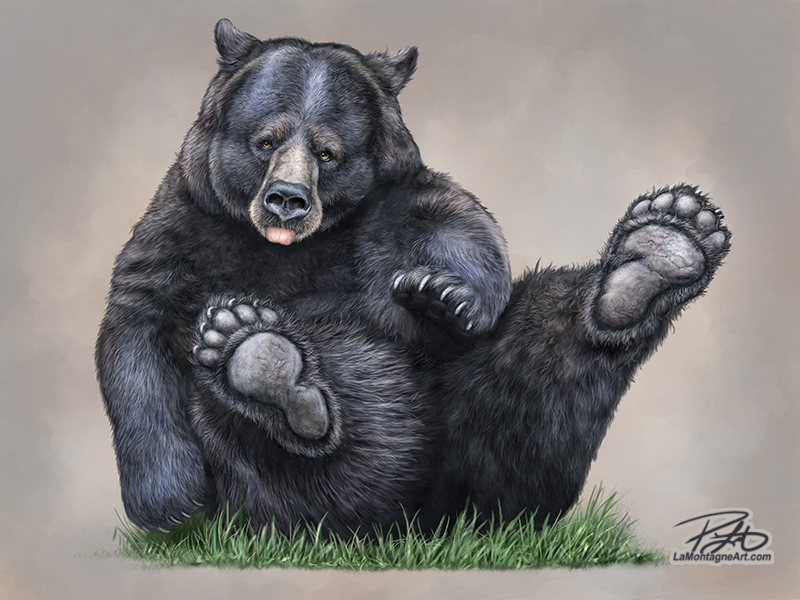
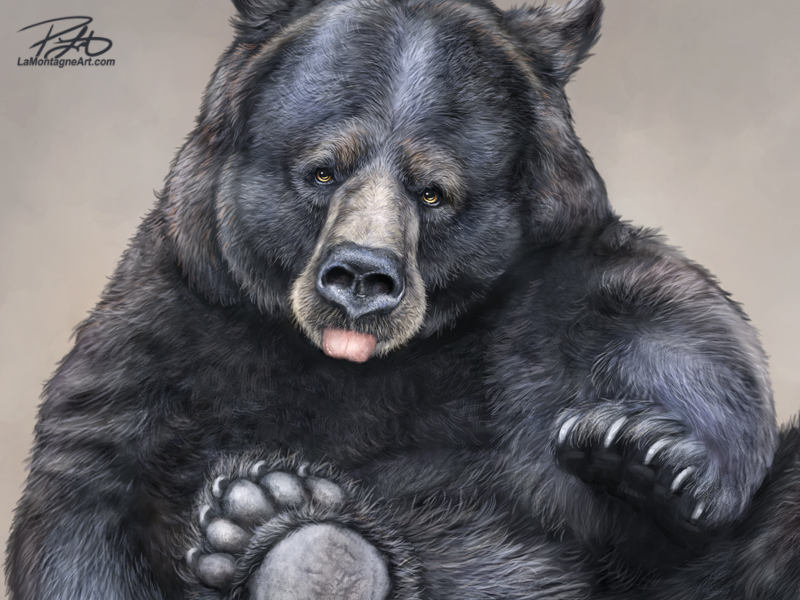
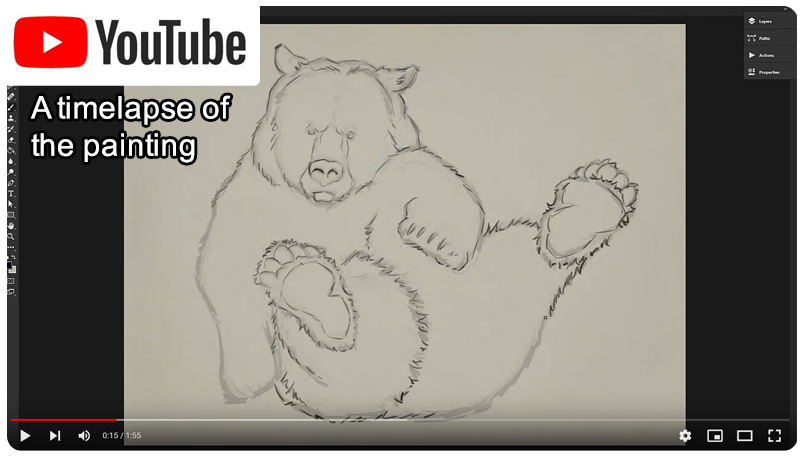
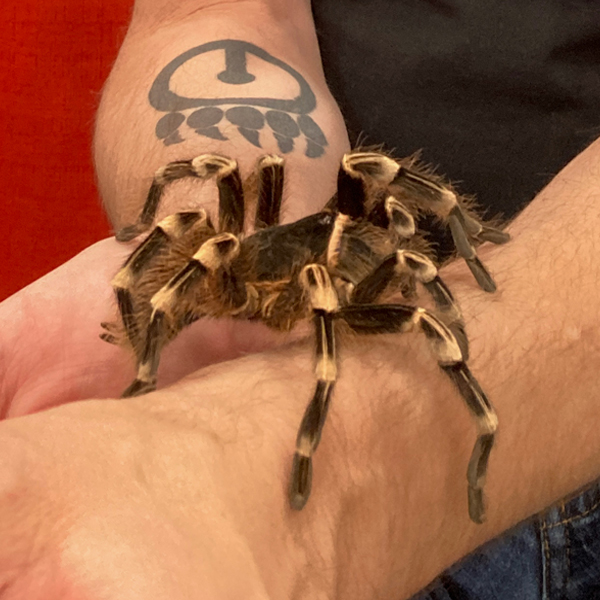
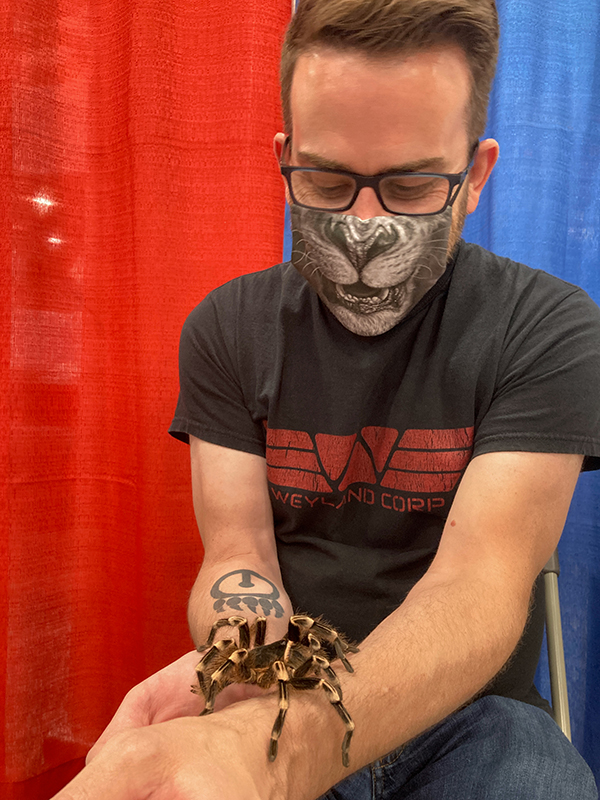 So, I stepped up and let a hairy tarantula crawl around my hands and arms. She was delicate, fragile, light and gentle, and after a few seconds, I was more afraid of flinching and maybe hurting her. While not quite the same as close contact with a bear cub, a wolf, or an owl, it was an exciting critter experience, and I’m glad I did it.
So, I stepped up and let a hairy tarantula crawl around my hands and arms. She was delicate, fragile, light and gentle, and after a few seconds, I was more afraid of flinching and maybe hurting her. While not quite the same as close contact with a bear cub, a wolf, or an owl, it was an exciting critter experience, and I’m glad I did it.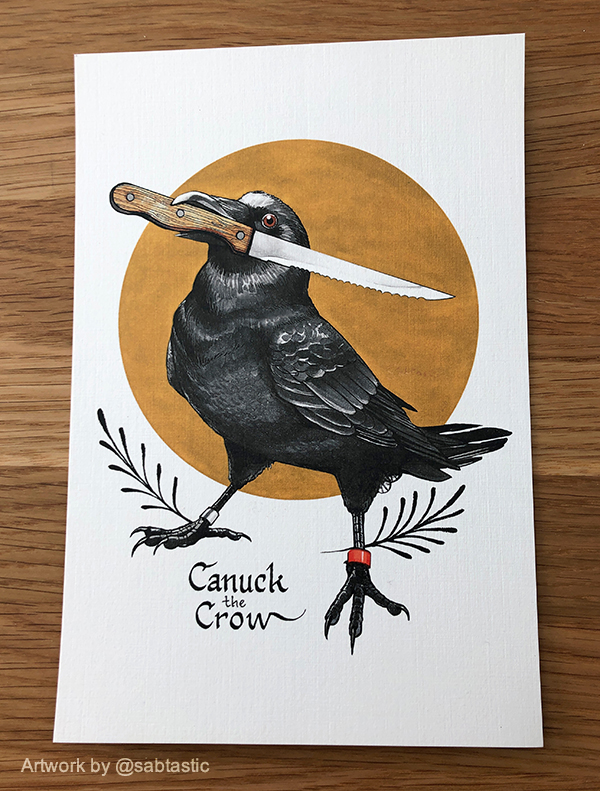
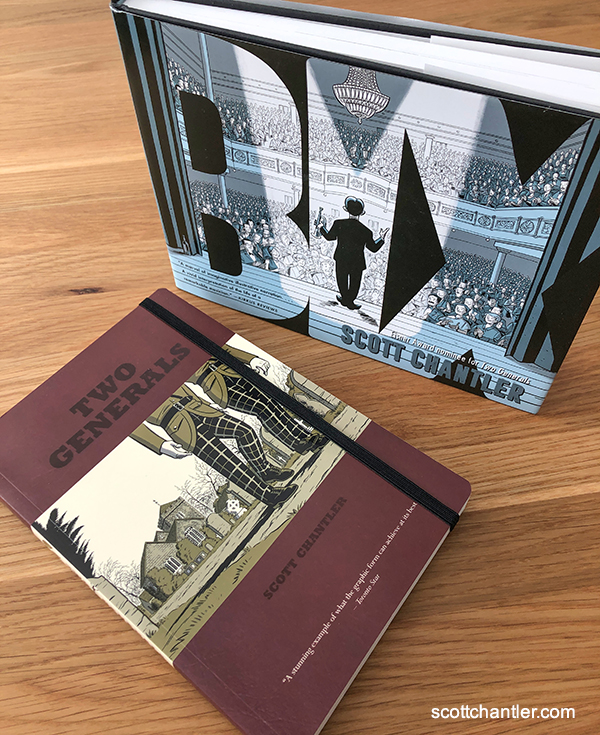
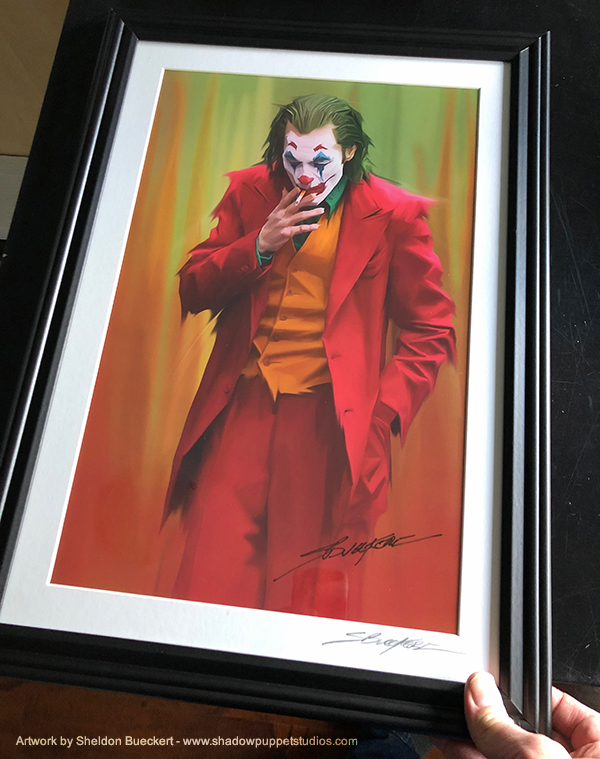
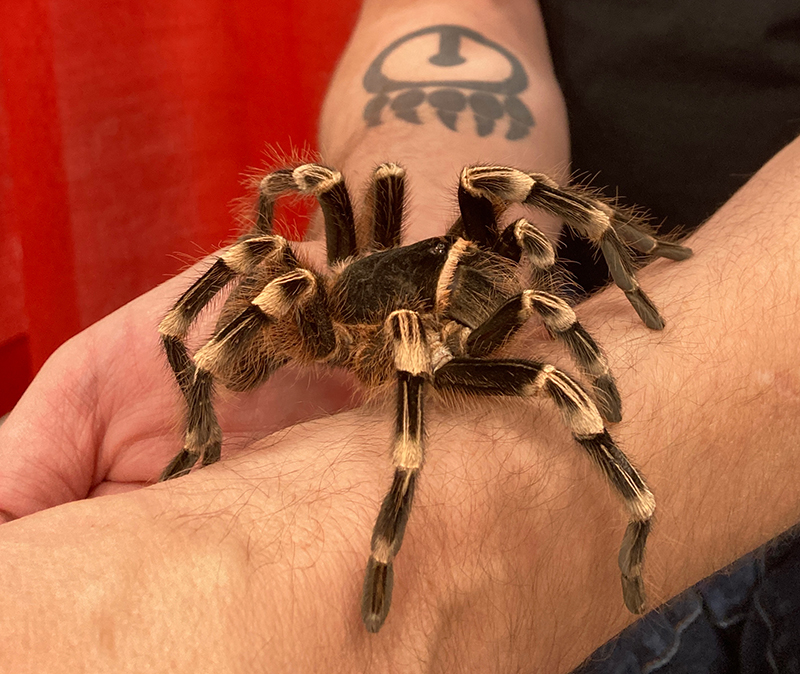 Cheers,
Cheers,
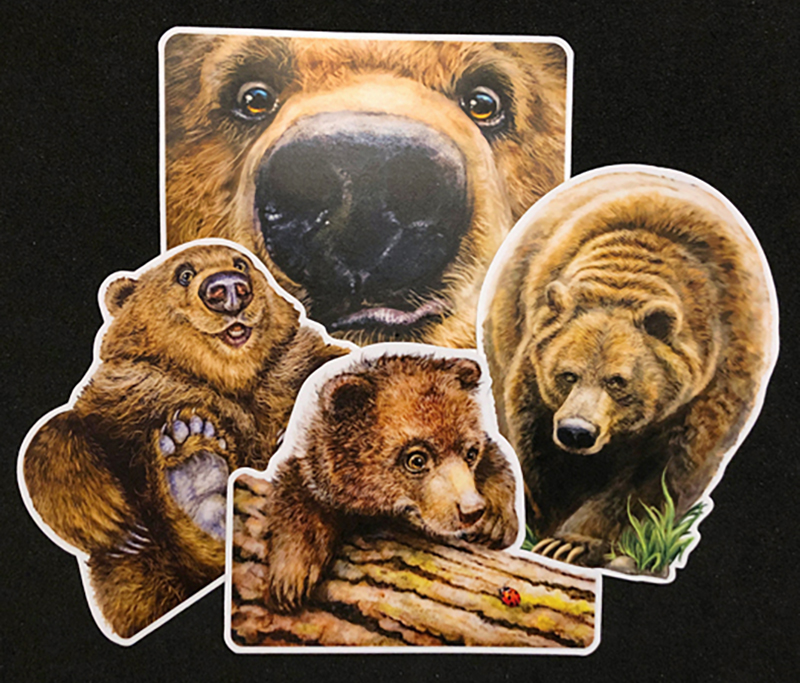
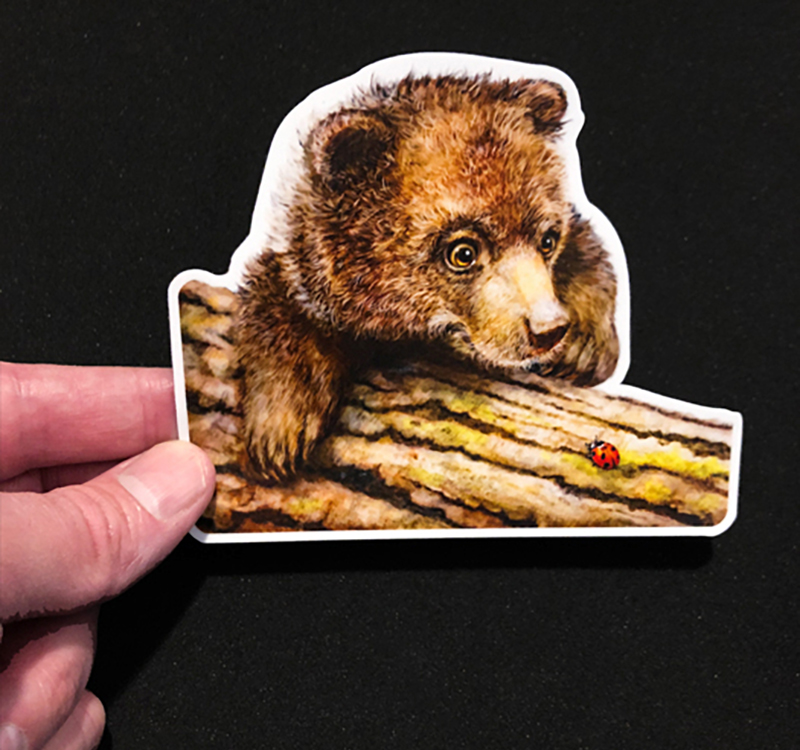

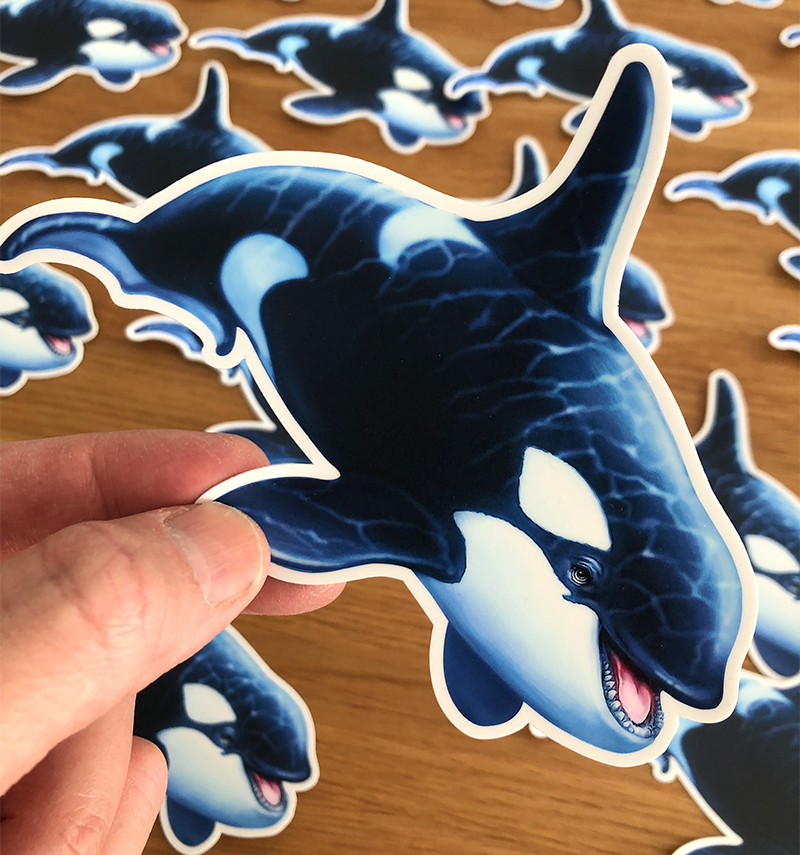 Before I became a full-time artist almost twenty years ago, I worked at a local sign shop here in Canmore. Some of the valuable skills I learned still contribute to the work I do today. One of those skills was printing and cutting vinyl. I worked on vehicles, signage, and vinyl application on different materials.
Before I became a full-time artist almost twenty years ago, I worked at a local sign shop here in Canmore. Some of the valuable skills I learned still contribute to the work I do today. One of those skills was printing and cutting vinyl. I worked on vehicles, signage, and vinyl application on different materials.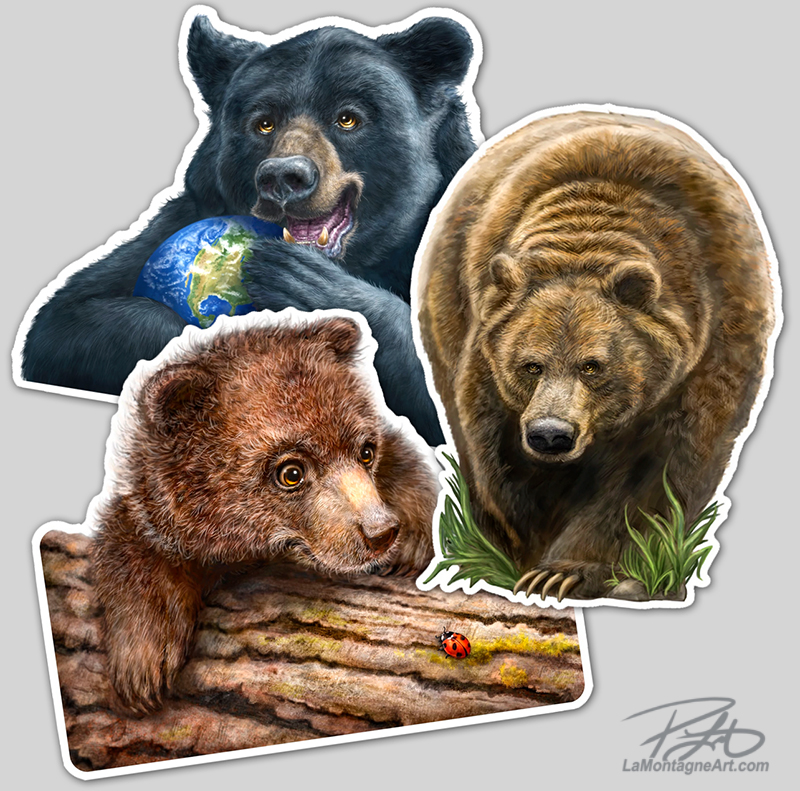 If the first pack is popular, I plan to regularly release new stickers, eventually having several packs in the online store. With my ever-growing menagerie of critters, there’s potential for sticker packs in a variety of themes and species.
If the first pack is popular, I plan to regularly release new stickers, eventually having several packs in the online store. With my ever-growing menagerie of critters, there’s potential for sticker packs in a variety of themes and species.
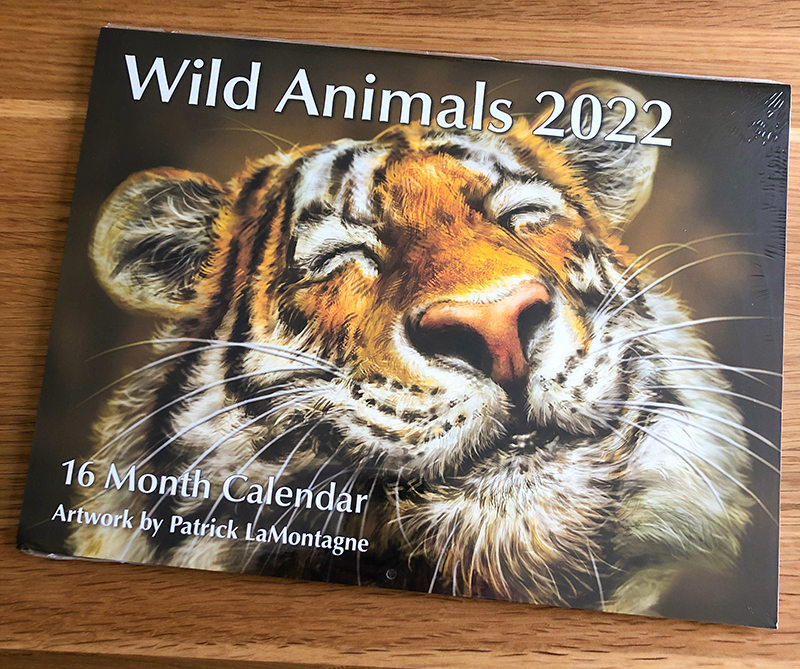 Thanks to everyone who entered the calendar giveaway by commenting on
Thanks to everyone who entered the calendar giveaway by commenting on 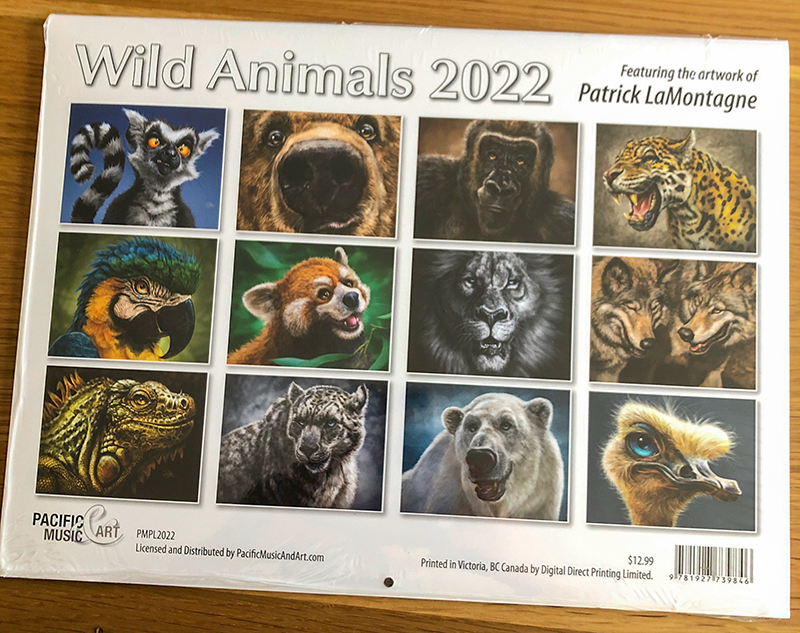 HOW TO ORDER:
HOW TO ORDER: